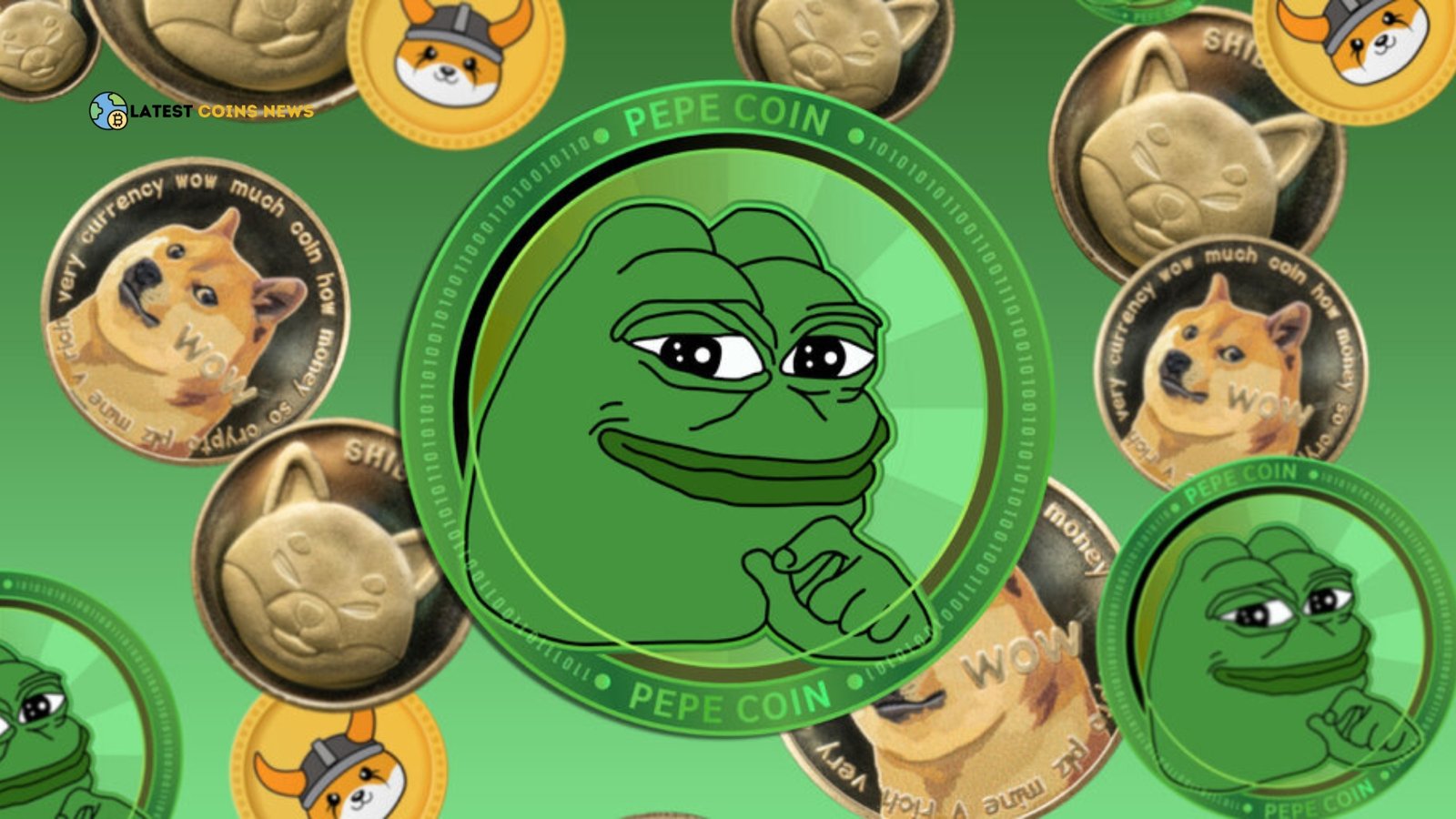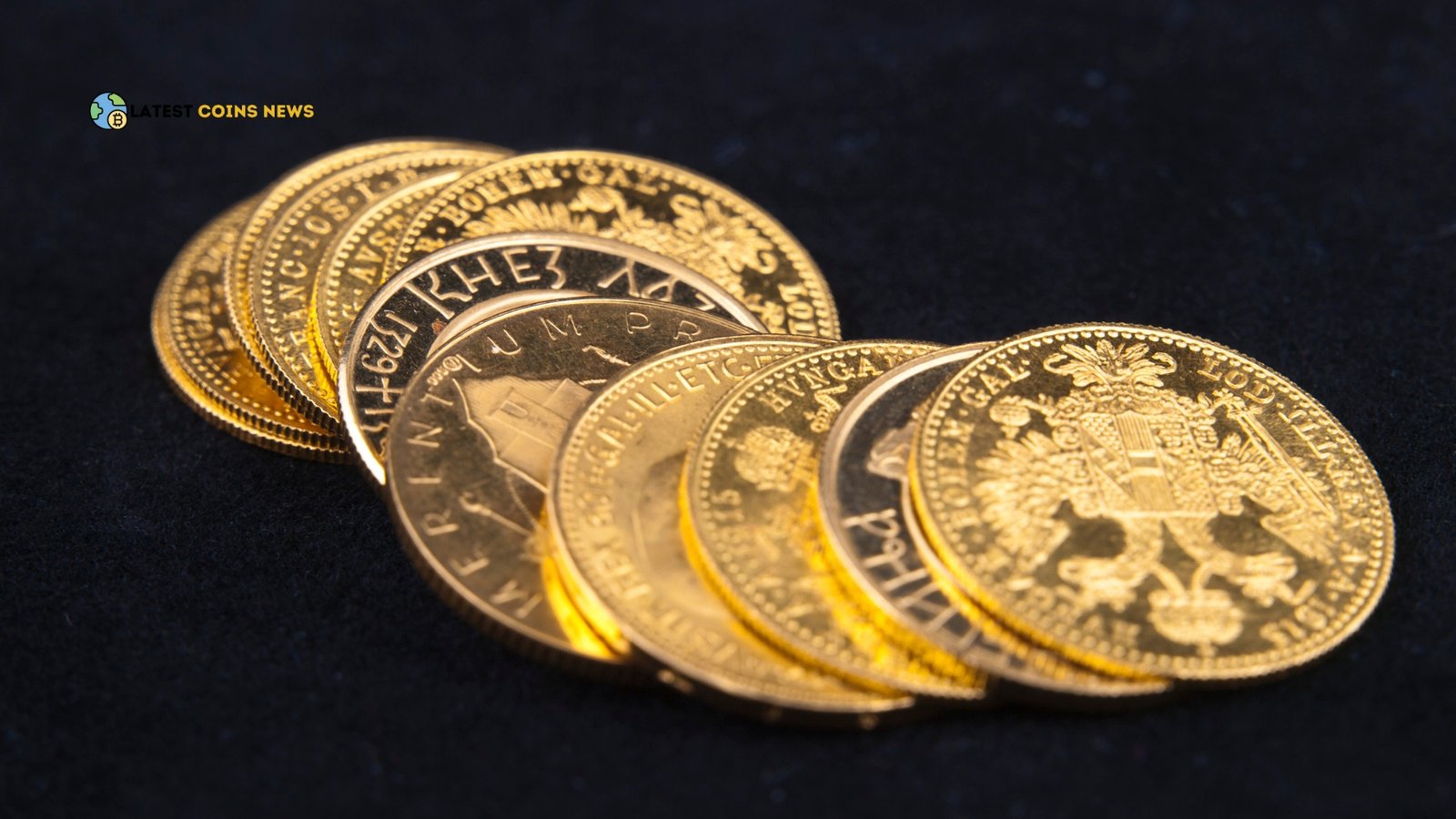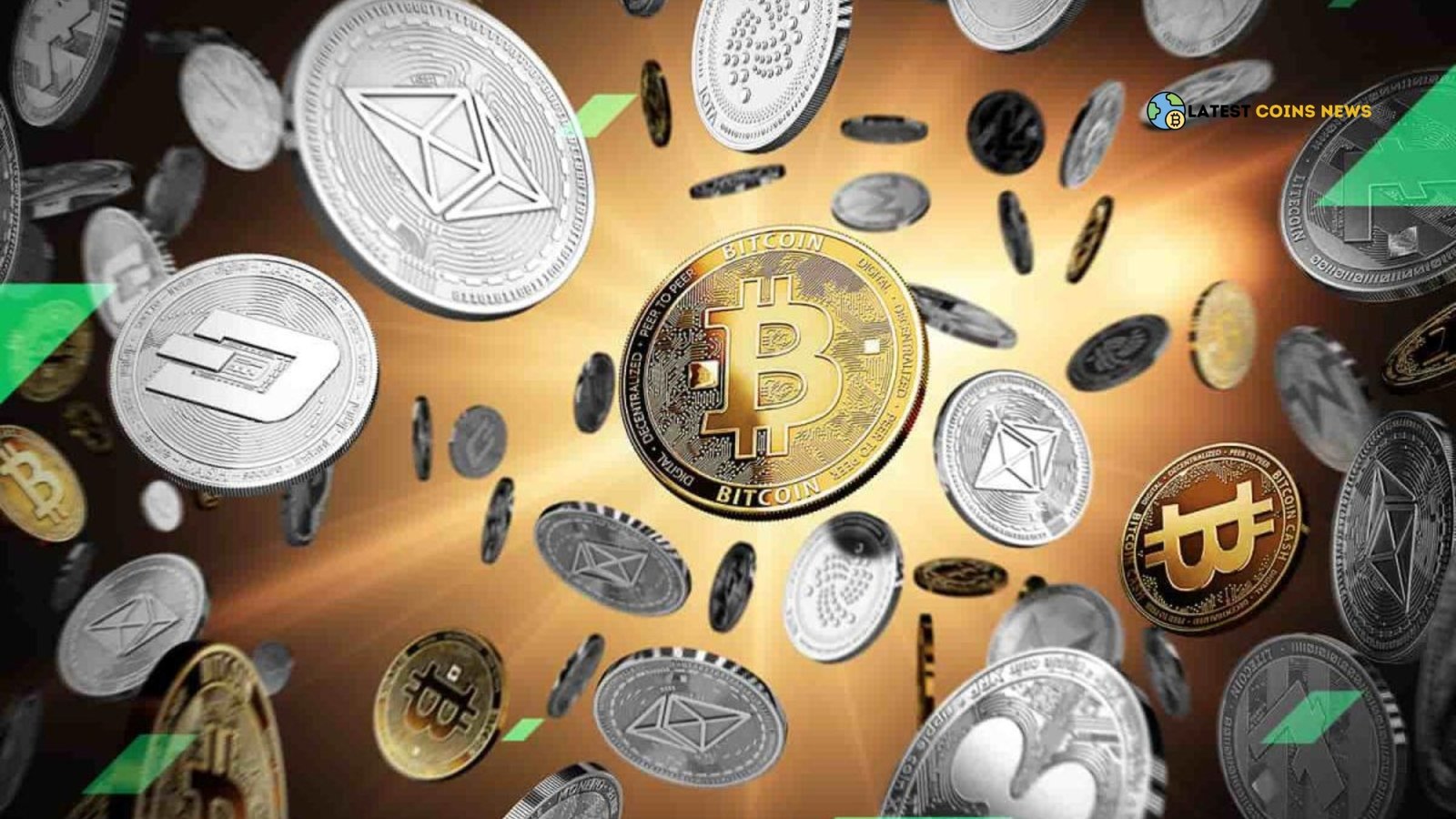Why 2024 Might See Meme Coin Failures: Keys to Crypto Success

The popularity of meme coins, a kind of cryptocurrency primarily influenced by internet culture and humor, has skyrocketed in recent years. The popularity of meme coins like Dogecoin and Shiba Inu piqued the interest of ordinary people looking to make a quick buck. Many of these coins have failed due to their speculative character and the fact that they are based on hype rather than actual worth. This post will examine meme coins that didn’t make it, breaking down why they failed and what investors can learn from their mistakes.
The Allure of Meme Coins
Understanding the allure of meme currencies for investors is crucial before delving into failing meme coins. Meme coins lack foundational technical innovation and practical use, unlike more established cryptocurrencies such as Bitcoin or Ethereum. Rather, they rely on community-driven excitement, celebrity endorsements, and viral marketing to acquire popularity.
Rather than considering the coin’s practicality, investors frequently purchase meme coins with the expectation of making a profit by immediately selling them. Money in meme coins can go up and down depending on people’s level of speculation. Some, like Shiba Inu and Dogecoin, have maintained a steady following and value, while others have fallen precipitously from their lofty beginnings.
Notable Meme Coins That Failed

Squid Game Token (SQUID)
The popularity of the Netflix series Squid Game served to propel Squid Game Token to the forefront of the cryptocurrency market. The developers of the SQUID token touted an online play-to-earn game that would allow users to win rewards using the tokens when it was launched in late 2021. Within a week, the currency’s value increased by more than 2,300% due to the widespread exposure it received on social media.
Unfortunately, Squid Game Token was involved in a well-publicized crypto rug pull. The SQUID price dropped from $2,861 to almost nothing in minutes as the coin’s developers abruptly cashed out. Accusations of fraud were common after investors realized they couldn’t sell their tokens. As soon as word got out that the project was a hoax, the developers vanished, and the investors lost all their money. An example of the dangers of investing in meme currencies without doing your research is Squid Game Token.
PooCoin (POOCOIN)
The development of PooCoin, a token whose name is a fun pun on “shitcoin,” was meant to be a response to the proliferation of low-quality meme coins in the cryptocurrency market. An early audience was drawn in by the play on words in the name, and the initiative went so far as to launch its decentralized exchange for users to monitor their assets.
Unfortunately, PooCoin could not maintain its initial enthusiasm in the long run. The project failed to go beyond its novelty stage due to its lack of creativity and narrow use case. The value of the project plummeted as investors pulled out, and the early buzz around the memes died down. Even comedic initiatives require more than a clever name to thrive in the cutthroat cryptocurrency industry, as PooCoin’s demise shows.
BananaCoin (BANANA)
A meme coin called BananaCoin promoted itself as a green token that would support banana plantations in Laos. It was a cross between a meme coin and a real-world use case; it garnered steam for its charitable perspective, but it also largely depended on the meme culture surrounding bananas.
Despite all the advertising hype, BananaCoin failed to live up to its claims. Regulation problems caused its demise, an absence of openness, and the disintegration of its community. Investors who had put their money into the project lost out when it was ultimately shelved. The concept was to merge environmentally conscious farming with memes. For tokens attempting to combine memes with real-world endeavors, the BananaCoin debacle highlights the significance of openness and project development.
Garlicoin (GRLC)
Launched as a playful effort to create a “friendly” and accessible cryptocurrency, Garlicoin was inspired by the popularity of Dogecoin. In early 2018, the initiative became popular among garlic bread meme enthusiasts. The creators of Garlicoin promoted it on online forums as a “fast and cheap” cryptocurrency, and the project quickly gained a following.
Nevertheless, despite the early enthusiasm, Garlicoin failed to establish a foothold in the larger cryptocurrency ecosystem. It could not maintain substantial growth due to a lack of interest from users and developers. Consequently, its value dropped precipitously, and it joined the ranks of other largely forgotten meme coins. The demise of Garlicoin proves that having a dedicated user base and an appealing concept isn’t sufficient for enduring success in the cryptocurrency industry.
Useless Token (USELESS)
The creators of Useless Token set out to make a joke about meme coins in general. With great pride, the team announced that the token had no use case, thereby embracing its lack of purpose. Useless TokeTokenevelopers took advantage of the meme coin craze for laughs, and to their, Token’sit caught the eye of speculative investors.
On the other hand, Useless Token lost popularity when the meme coin craze started to burst. Tokenoken vanished into thin air because it lacked useful features, strategic direction, and substantial improvements. Its demise is a metaphor for the transience of valueless coins supported only by fads and internet memes.
Lessons from Failed Meme Coins

The Importance of Utility
A major problem with defunct meme coins is that they achieve nothing. The capacity of a project to address real-world issues or provide distinctive features is frequently what determines a cryptocurrency’s capacity to grow sustainably, even though initial excitement may drive prices higher. Meme coins that don’t offer value beyond their meme status are susceptible to collapse after the hype fades.
Due Diligence is Key
The lesson to be learned from the Squid Game Token story is to always do your homework before putting your money into a project. Scammers frequently prey on unsuspecting investors by capitalizing on fads and popular culture to release fake tokens. Before investing, ensure the project, its personnel, and its plan are legitimate.
Community Alone Isn’t Enough
A robust community is an important factor in a cryptocurrency’s success but can’t compensate for weak foundations. Projects like Garlicoin had devoted fans but couldn’t break out of their niche or innovate enough to succeed. Creating long-term value takes more than community-driven rhetoric.
Regulation and Transparency
The failure of BananaCoin shows how crucial it is for cryptocurrency initiatives to be transparent and by regulations. Investors take a huge risk with meme coins since they evade regulation like more known cryptocurrencies. Evaluating the developers’ transparency level before investing in a meme coin is important.
Summary
One should be wary of investing in the next popular cryptocurrency based on meme coins’ quick success and failure. Unfortunately, many meme currency ideas will fail due to the huge risk involved, despite the attractiveness of potential quick riches. Learn how to navigate the meme currency sector responsibly and avoid becoming a victim of a crypto collapse by focusing on utility, completing due diligence, and remaining vigilant of fraud.
Also Read: Crypto Market Top Gainers Today: W, INJ, FIL Prices
